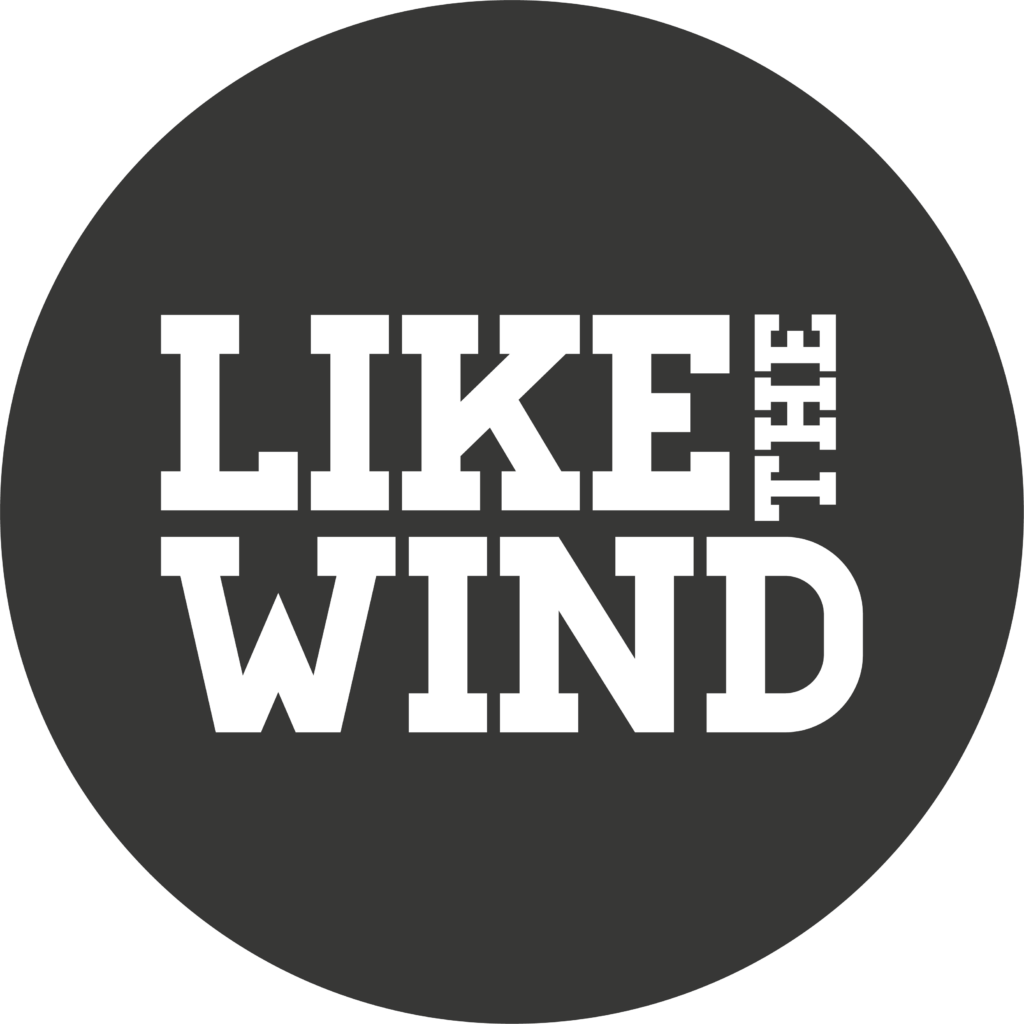Words and images by Hilary Yang – Published in partnership with Arc’teryx
Photos included in this article captured by Hilary Yang were shot during the 2025 Arc’teryx Climb Academy clinic on the author’s Fujifilm X-T5, 27mm.
A runner collapses at the finish line, caught in a moment of raw, unfiltered feeling as the weight of their accomplishment finally hits. Another, the bitter tears of disappointment written across their face – of failure, but also an acceptance that sometimes giving your all isn’t enough, and that is also OK. The humanity of pursuing something that doesn’t have a guaranteed outcome. This is trail running, in all its beautiful, honest complexity.
Photographs of these moments become seared into our brains in a tangible way, far more than a race result ever will. They remind us of what really matters from the experience and what we learn about ourselves along the way.
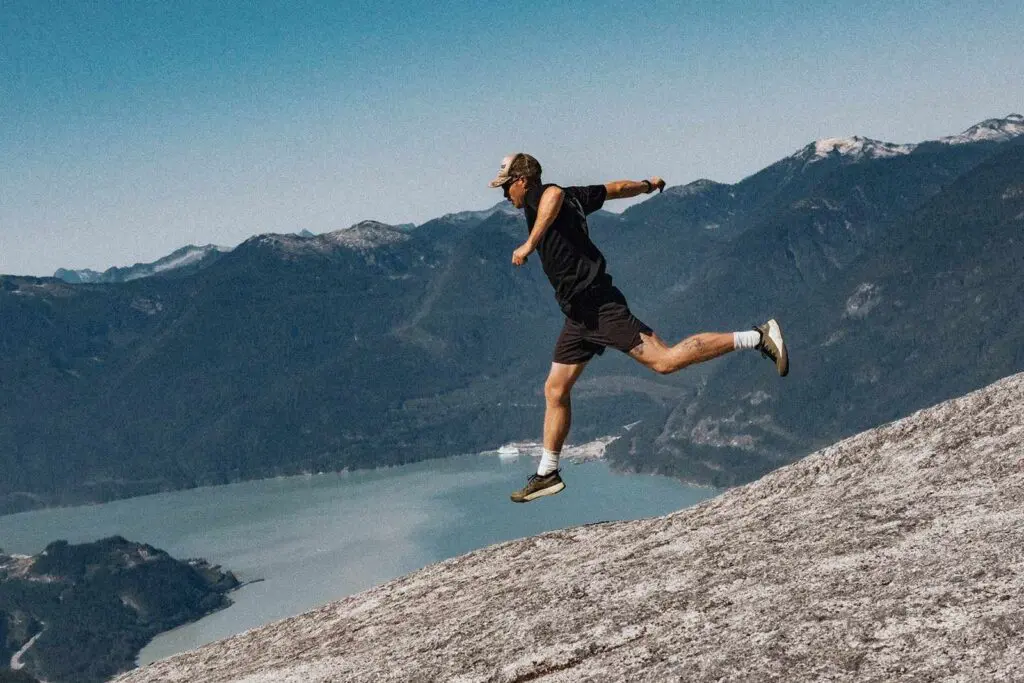
There is something magical about capturing these running stories in a single frame. It feels like the elusive goal of all trail-running photographers – not just documenting moments, but freezing time in a way that neither the sensory overload of video nor the constant stimulation of social media ever quite can. It requires pausing to absorb the scene, to fully appreciate the truth found in it. It’s why I fell in love with photography in the first place. I wanted to be able to show people the essence of what I love about running, about the freedom I find in the mountains and the impossible beauty of the places my feet can take me.
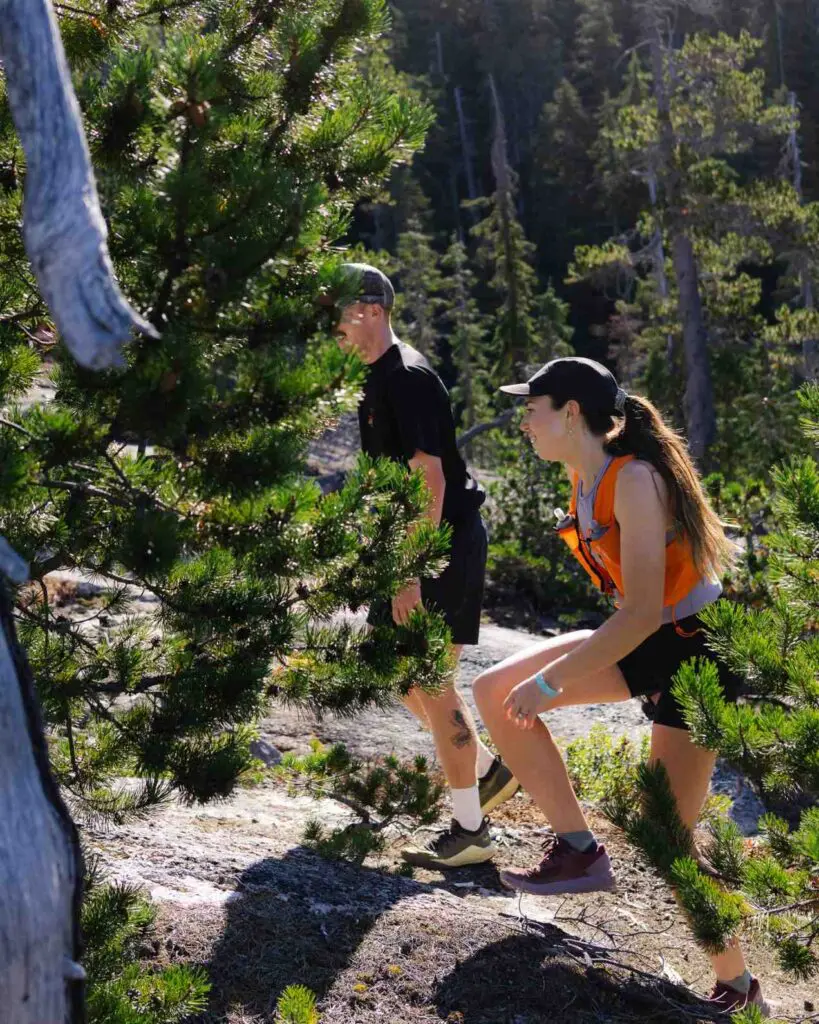
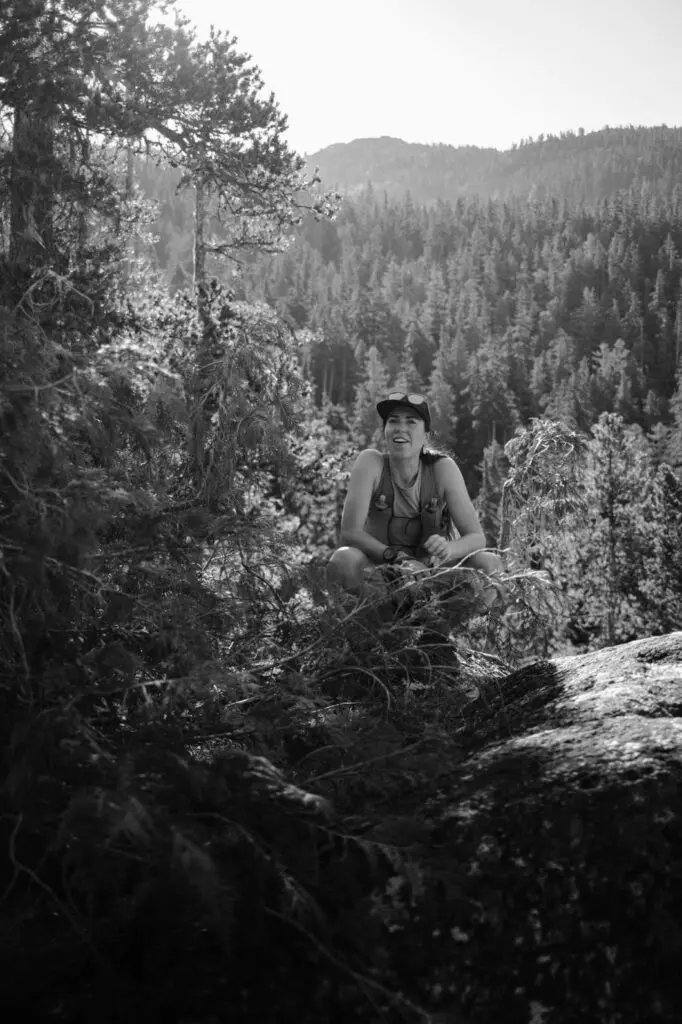
In August, I attended an advanced trail running photography clinic in Squamish, BC, which focused on fast and light imagery as part of the 18th edition of the Arc’teryx Climb Academy. We were told to bring a camera that could fit in the front pocket of our running vest. With those cameras, we spent a few glorious hours running and playing in the beautiful Squamish alpine, finding ways to work with challenging lighting conditions before heading back to the classroom. There, we dove into our images and discussed some of the ways that editing can bring them to life.


The clinic was co-hosted by professional Arc’teryx athlete and photographer Jessie McAuley and professional visual artist Joel Fuller. Joel, whose outdoor sport photography spans commercial, experiential and cultural platforms, believes that photography can inspire the trail running community in a myriad of ways. “I hope that people can find new ways to capture the intensity and the feelings that they experience in their own running journeys – and then in turn find ways to express those feelings in an imaginative way that other people can understand,” he said.
Jessie, who is an accomplished runner known for his ability to tackle technical short distance trail races, also finds that photography is an important way for him to connect with his present. “Running, for me, is such a fast-paced sport,” he said. “And it’s not to say that we don’t pay attention to things when we’re running, but pausing to capture it also makes you slow down a step and appreciate it all a bit more.”

Trail running, by its very nature, lends itself to inspiring art. The mountains become both muse and mentor. As an athlete, the challenge of pushing myself physically to be out in the mountains, capturing these scenes creatively while also managing often-challenging conditions, is simply part of the deal. Making peace with that discomfort has spilled back over into my own running mindset. Some of my favourite photos were taken with my knuckle pressed frantically against the shutter, because my fingers were too frozen to even work properly. And, like the pain I feel when I’m deep in an ultra-running cave, I know that it too will fade, and I’ll be left with a tangible reminder of the experience that somehow always makes it worth it.
In the last decade, trail running has exploded in popularity, aided in no small part by a global pandemic and the freedom and simplicity that being out in nature can offer our busy lives. Social media has also played into the unprecedented surge, as we all document aspirational versions of our lives in real-ish time. Smartphones now join us on our every adventure, taking better photos than professional cameras from not that long ago. In some ways, I’d argue that the ease of access and the low consequence of snapping as many images as you’d like has cheapened their value to us. We do less with those images as a result.
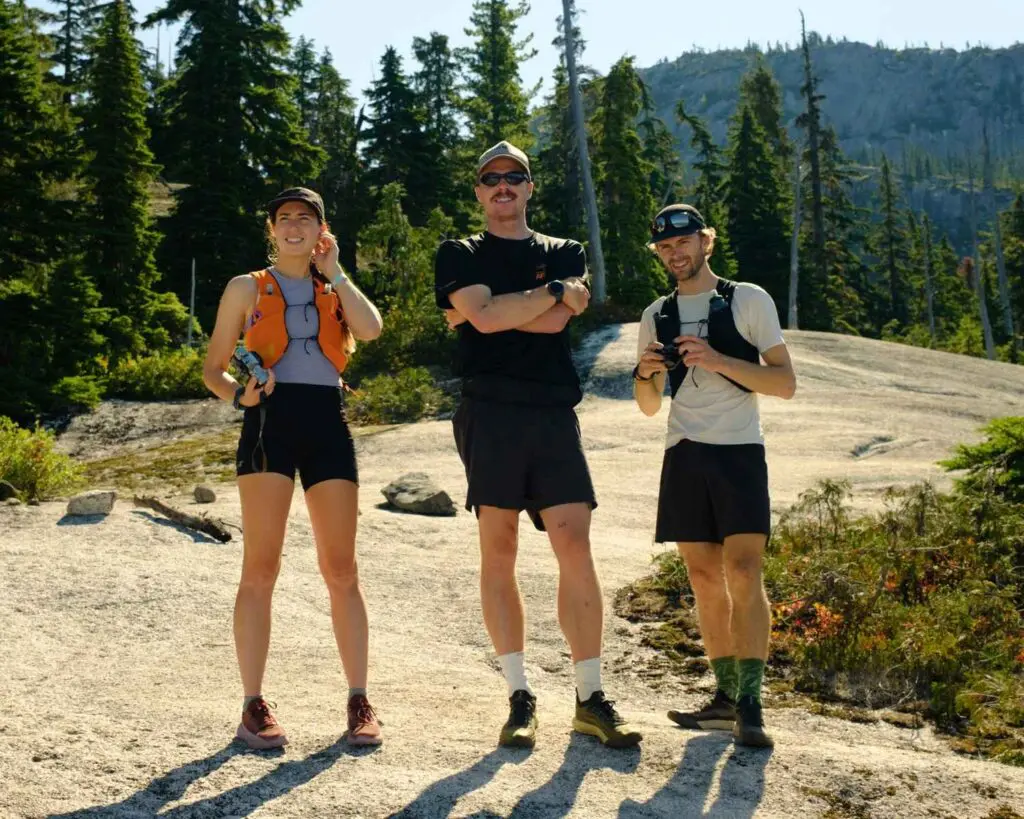
A few years ago, I found myself in a creative rut. I was at the point in my professional career where I wanted to separate work from my own running. I no longer wanted to lug a heavy camera along on all of my adventures like I did when I was young and dumb – or at least still caught up in the newness of it all. Equally, by not carrying my big camera on big runs, I quickly realised that I was missing some of the special moments and places that drew me to photography in the first place. Gorgeous sunrise crossing of the Rim to Rim to Rim trail in the Grand Canyon? I carried a GoPro. Not quite the same impact and I can’t say that I ever look back on those images. After several years of feeling like the pendulum had swung too far, I started researching the field of small point-and-shoots that had begun to get very good and wound up purchasing a compact Fujifilm X-T5 with a 27mm lens. It was a game changer.
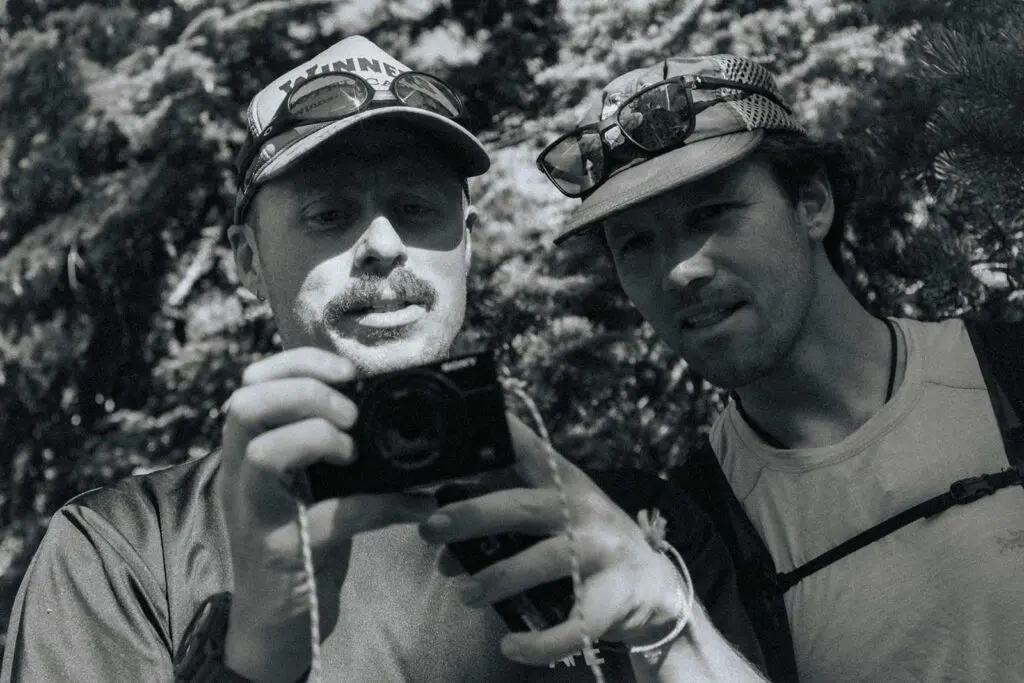


I suddenly found myself enjoying the challenge of carrying a fixed lens camera with me on runs and having to use my own legs as the manual zoom feature. I started seeing the trails again in compositions, rediscovering my own creative joy. In many ways too, this new generation of fast and light cameras are the perfect entry point for trail runners who also want to express their creativity in a way that smartphones can’t replicate, while avoiding the high sticker price and steep learning curve of more robust cameras.
Watching the runners who participated in the Academy clinic find new ways to capture the places their feet take them, without just viewing life through the ubiquitous lens of their phones, felt powerful to me. As a storyteller, I firmly believe that you don’t have to have the latest and greatest gear to tell a compelling story. And no one is ever going to look at a photo you took and judge you based on the camera you used to shoot it. They want to feel something. And when we approach trail running from the lens of wanting to find those moments and share them with others, we feel it too.
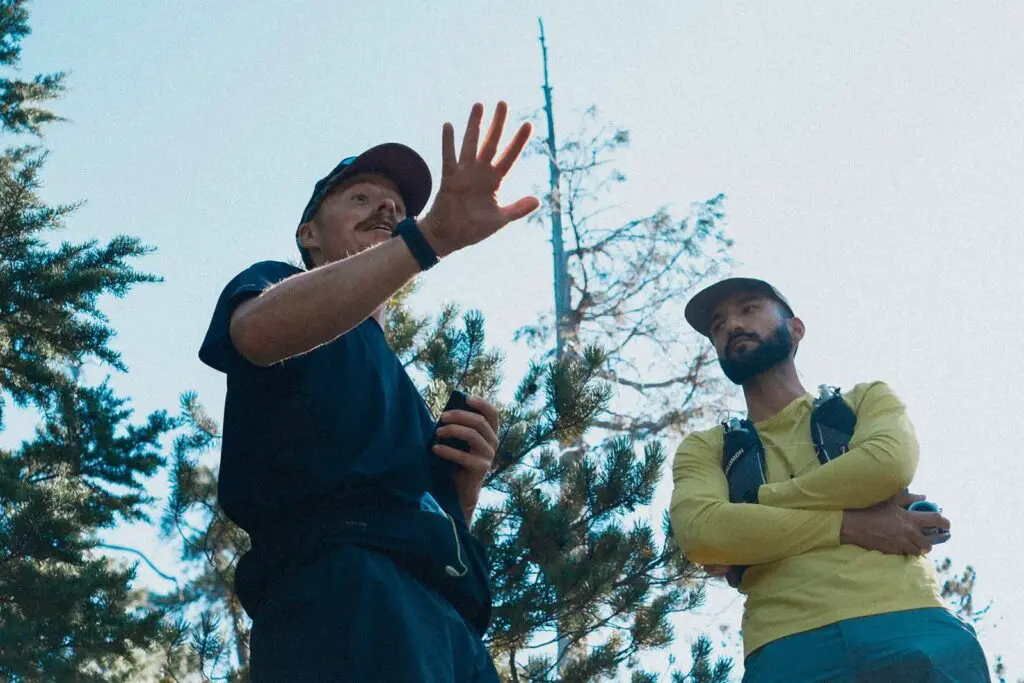
Karl Aaker, the Senior Vice President, Brand Marketing at Arc’teryx, believes that the clinics offered by the Arc’teryx Academies are the perfect place to learn such storytelling methods. They are a celebration of sport, education and community. “They bring our brand to life by empowering participants with new skills and unforgettable experiences,” he said. “We believe these are things they carry with them forever as they grow and evolve in their sport.”
As a creative, I love the idea of consciously combining the worlds of athleticism and creativity intentionally, creating opportunities for more people to explore how the two worlds work together to tell powerful trail stories. As our sport grows, finding ways to share more perspectives, from a diversity of lenses, experiences and backgrounds, is one of the most powerful tools that we have to make people feel included and inspired to start their own running journeys.

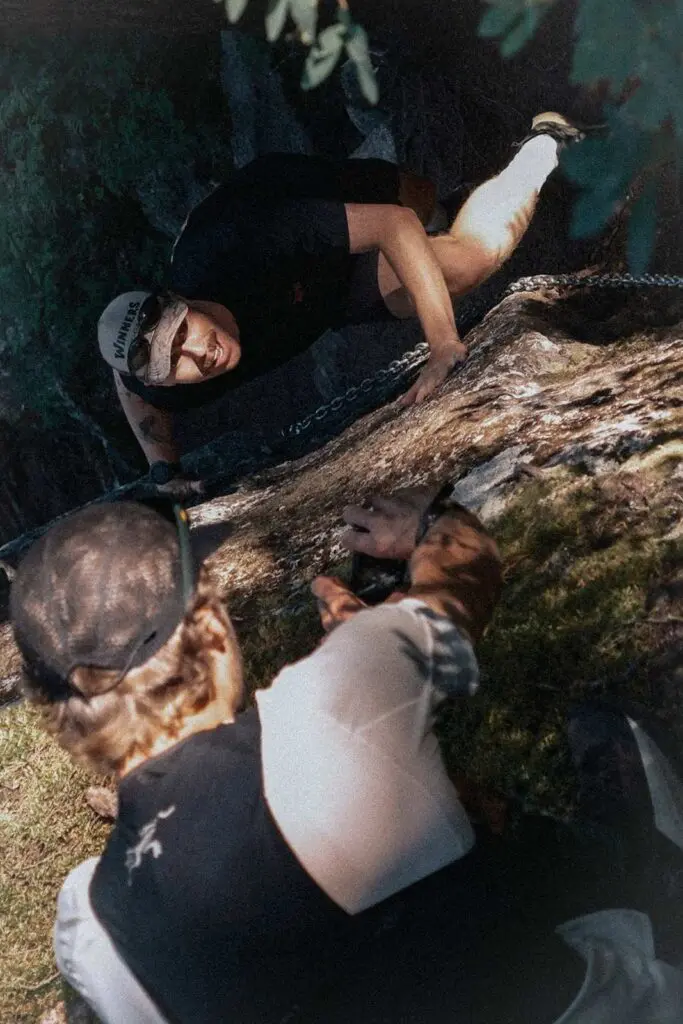
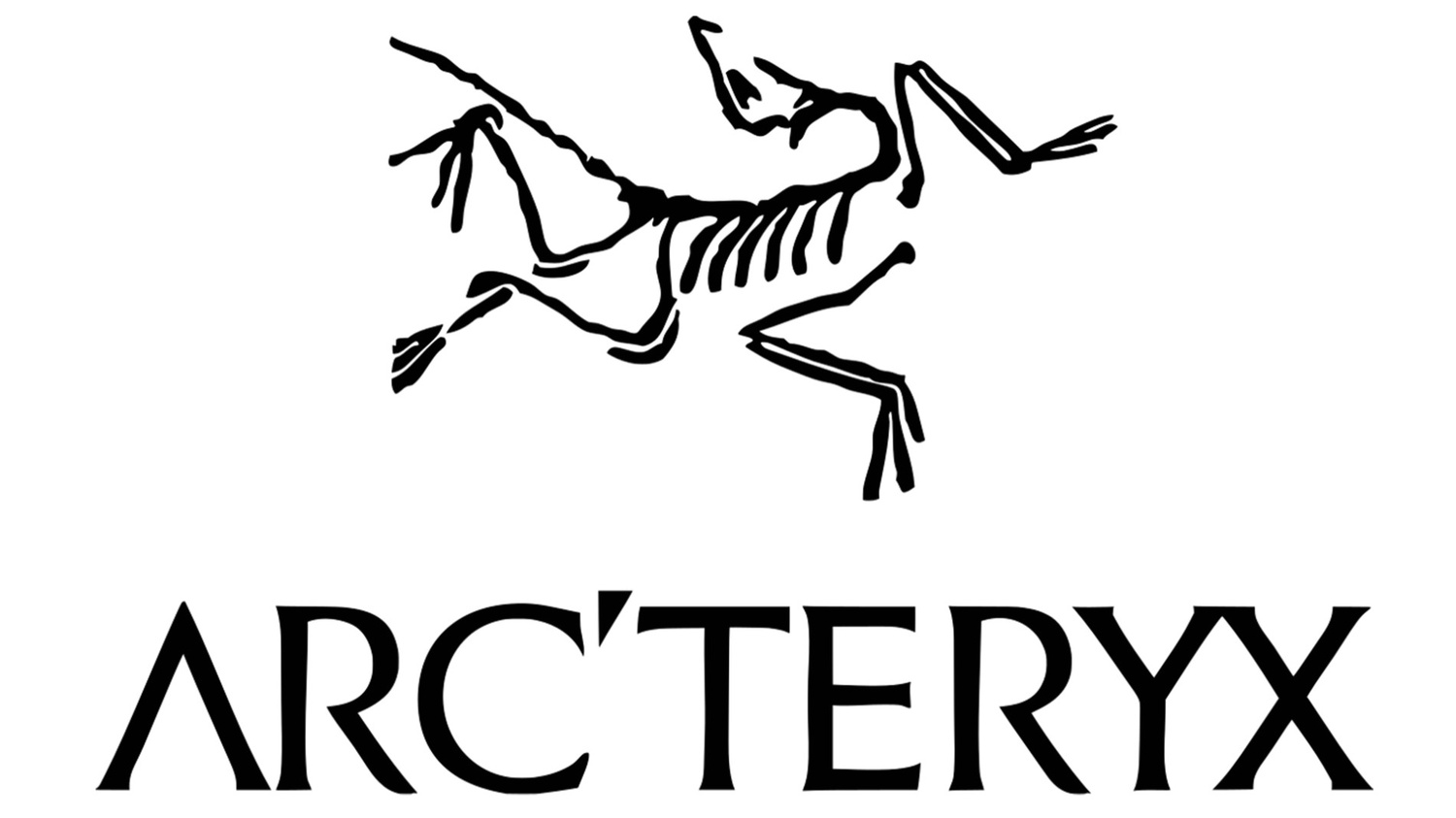
To get involved yourself, check out the programme at: www.arcteryxacademy.com
